Eugeniya
Rough_Rock
- Joined
- Dec 16, 2022
- Messages
- 49
Hi PSers!
I've learnt a lot through this wonderful forum during these couple of weeks. I'm still trying to understand relation between pavilion and crown angle in terms of optical performance, especially in the case of the lower crown angle and higher pavilion angle. I know about ideal proportions, but also wonder if there could be some exceptions. Our family friend (jeweller) sent me the GIA certificates for diamond studs (in martini setting), if I want to buy them. But I'm concerned about the large table, low crown and high pavilion angles. I cannot use HCA tool because I'm living in Myanmar (couldn't use Paypal). GIA report numbers: 6361542879 and 6351233053
Stone #1: 6361542879, 0.42 carat, J, VVS 2
Stone #2: 6351233053, 0.41 carat, J, VVS 1
I've seen the post by @Garry H (Cut Nut) about combination of lower crown angle with slightly deeper pavilion in this thread https://www.pricescope.com/communit...nd-pavilion-relationship.254253/#post-4668269 , but in my case proportions are at extreme..
Are these stones really duds in terms of light leakage/overall performance? I haven't seen them in person yet but tomorrow will look at them and compare with my studs with the same carat weight but better proportions.
Dear PS members, I would very appreciate you opinion about these stones, I'm a total newbie and just overwhelmed by all of these aspects of proportions and diamond performance..
I've learnt a lot through this wonderful forum during these couple of weeks. I'm still trying to understand relation between pavilion and crown angle in terms of optical performance, especially in the case of the lower crown angle and higher pavilion angle. I know about ideal proportions, but also wonder if there could be some exceptions. Our family friend (jeweller) sent me the GIA certificates for diamond studs (in martini setting), if I want to buy them. But I'm concerned about the large table, low crown and high pavilion angles. I cannot use HCA tool because I'm living in Myanmar (couldn't use Paypal). GIA report numbers: 6361542879 and 6351233053
Stone #1: 6361542879, 0.42 carat, J, VVS 2
PROPORTIONS
| Depth | 60.3% |
| Table | 62% |
| Crown Angle | 33.0° |
| Crown Height | 12.5% |
| Pavilion Angle | 41.6° |
| Pavilion Depth | 44.5% |
| Star Length | 50% |
| Lower Half | 75% |
PROPORTIONS
| Depth | 60.8% |
| Table | 62% |
| Crown Angle | 33.0° |
| Crown Height | 12.5% |
| Pavilion Angle | 41.6° |
| Pavilion Depth | 44.0% |
| Star Length | 50% |
| Lower Half | 80% |
Are these stones really duds in terms of light leakage/overall performance? I haven't seen them in person yet but tomorrow will look at them and compare with my studs with the same carat weight but better proportions.
Dear PS members, I would very appreciate you opinion about these stones, I'm a total newbie and just overwhelmed by all of these aspects of proportions and diamond performance..





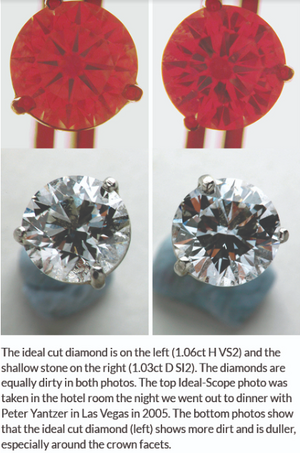
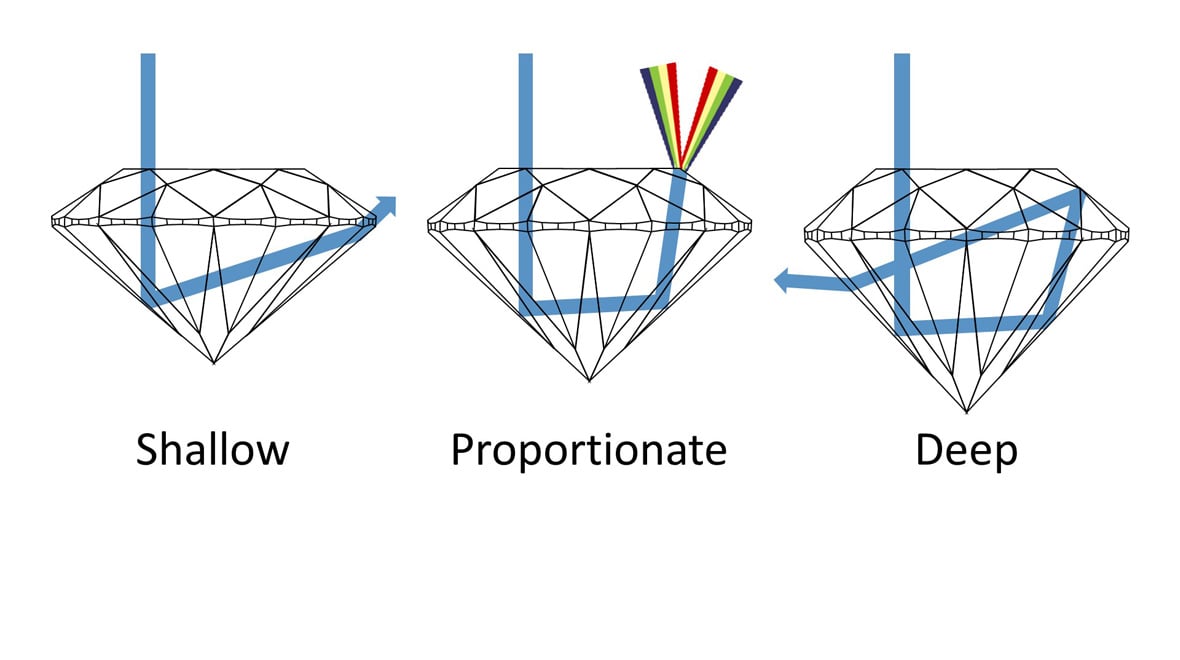
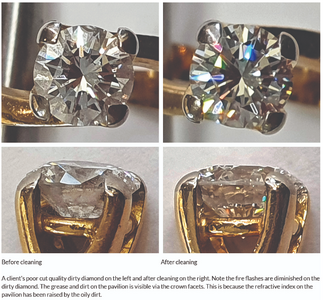
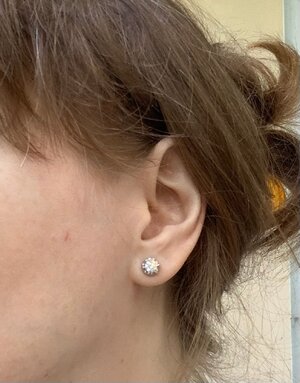
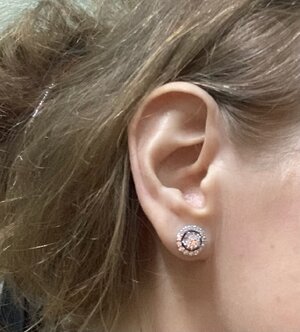
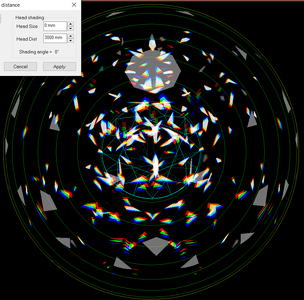
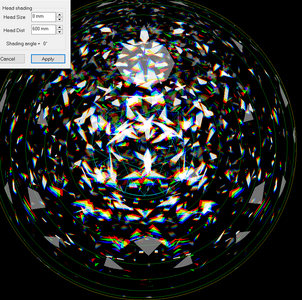
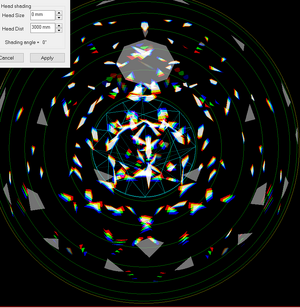
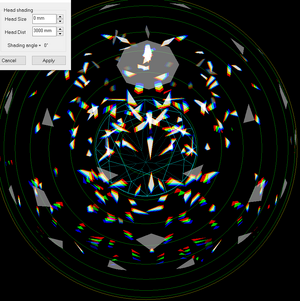
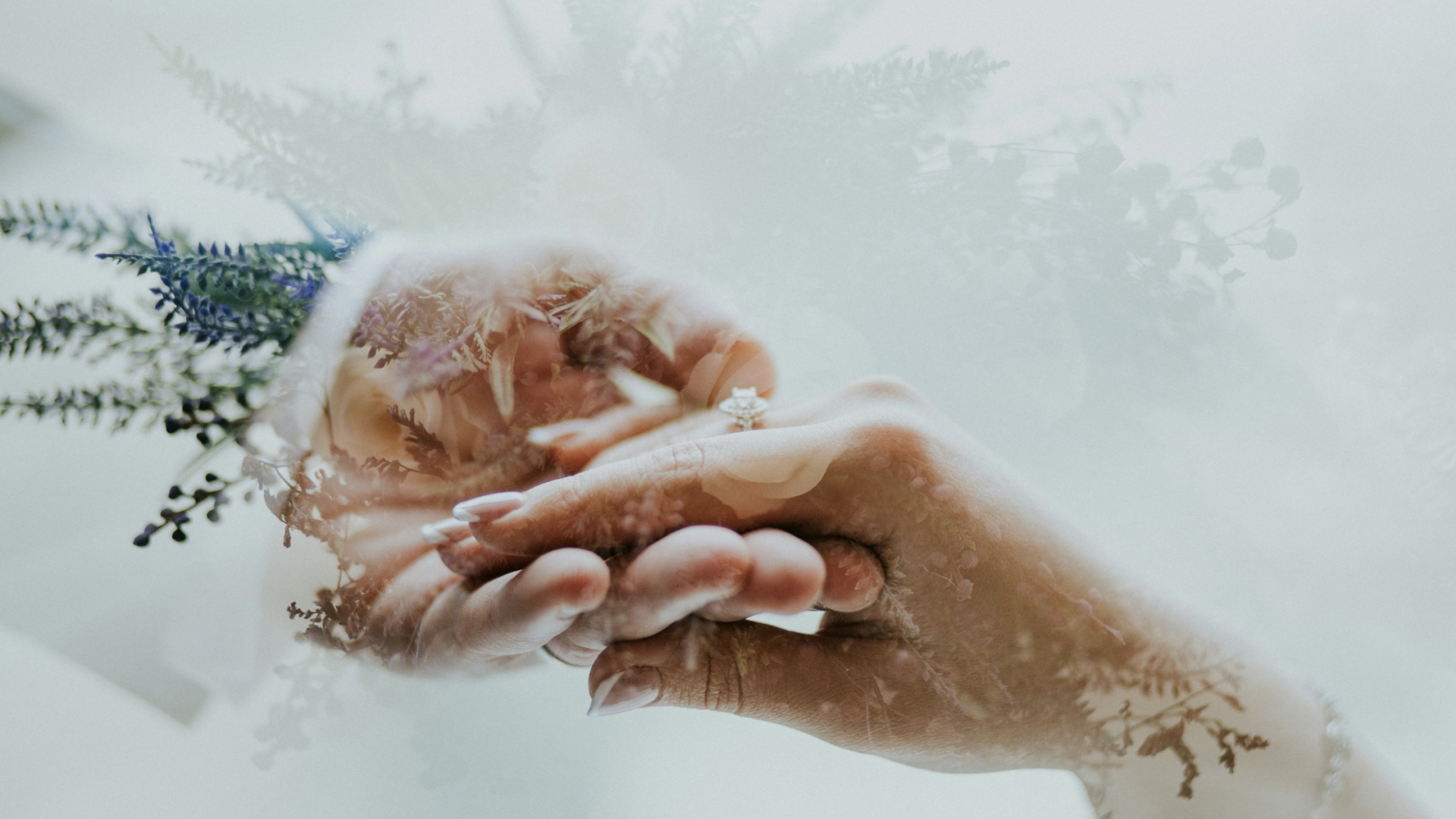

300x240.png)